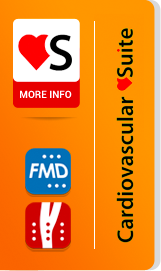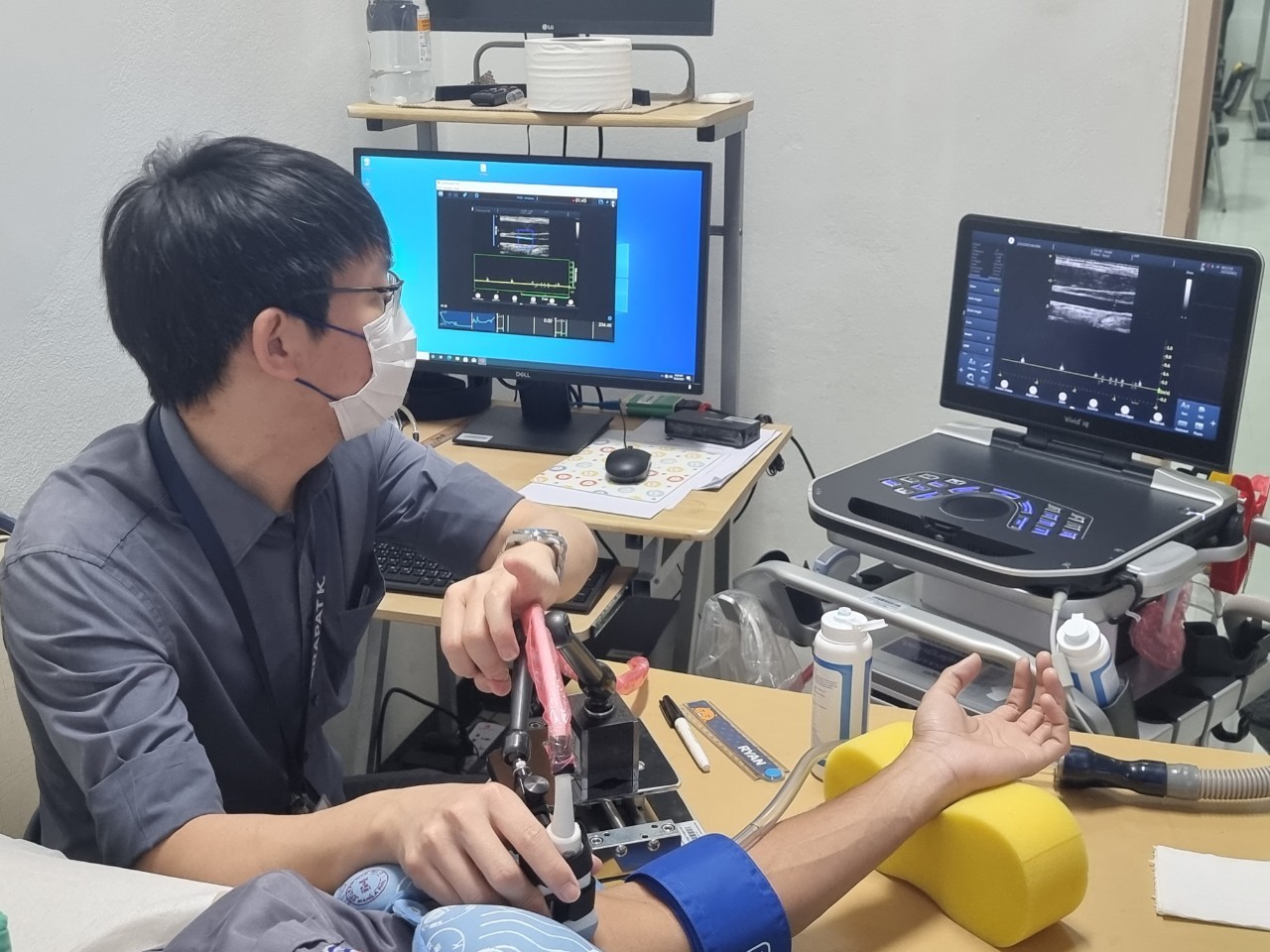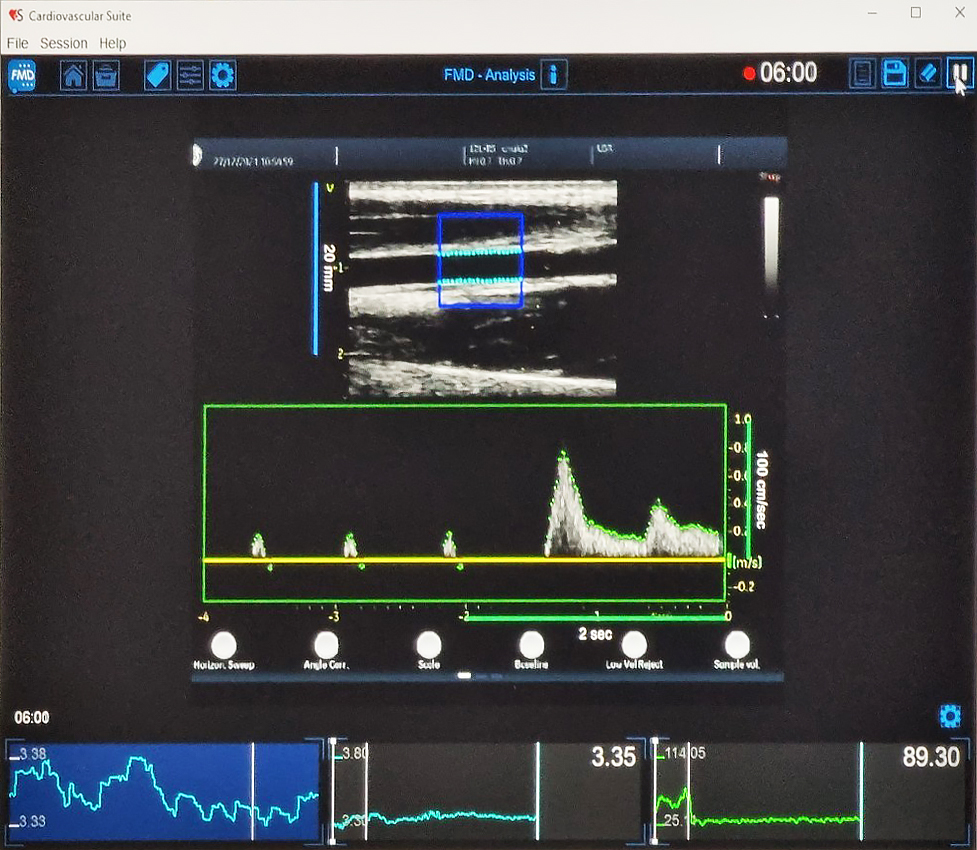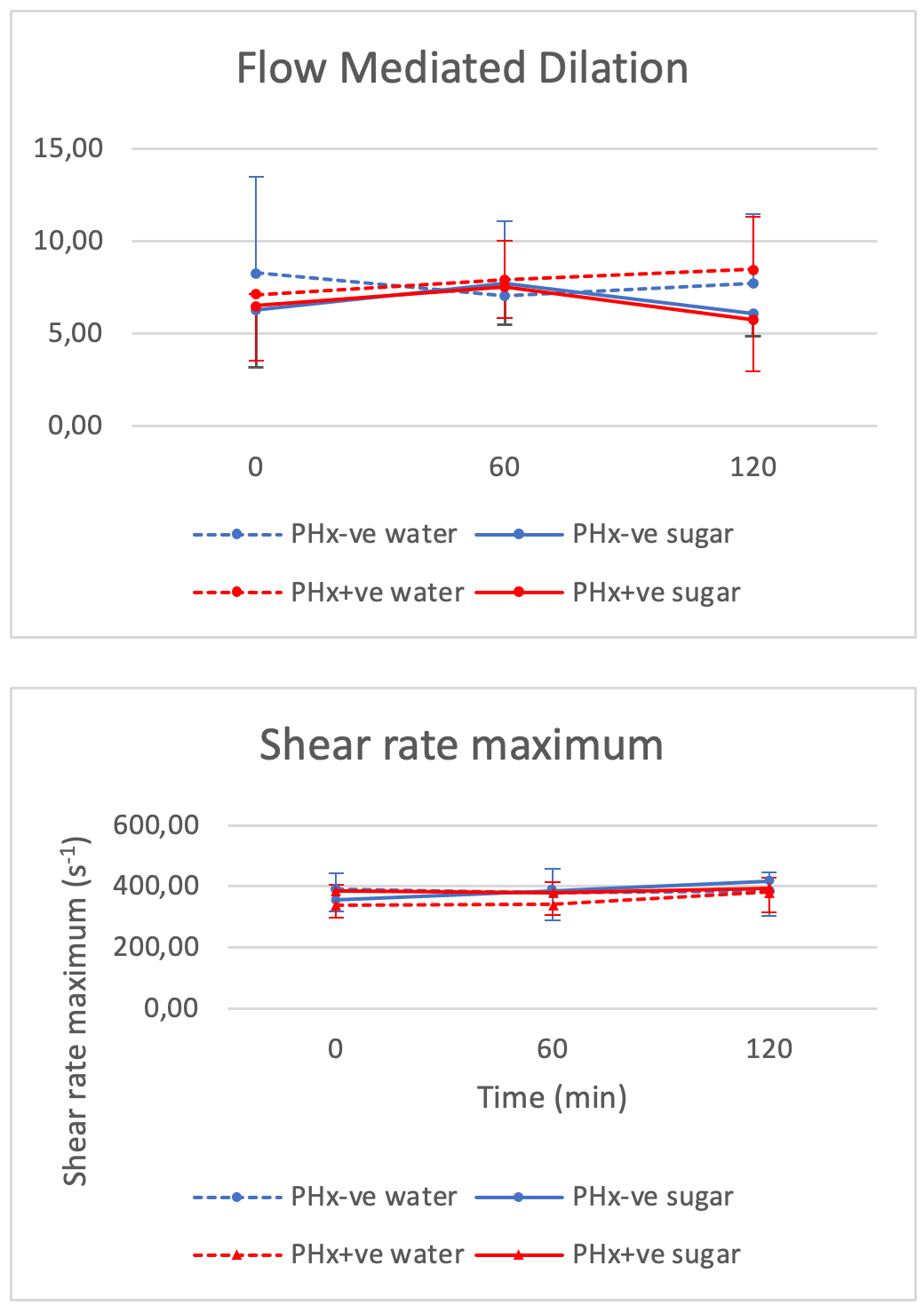Challenge
During this period of the COVID-19 situation, we encounter many challenges. All activities including research plans have been greatly retarded or even paused. People have been asked not to move around much. After receiving ethical approval from the local IRB, we were able to collect a small number of subjects to determine the effect of table sugar on vascular function in young healthy subjects at risk of hypertension due to medical history of parental hypertension. Regarding the test itself, the great challenge would be the difficulty to persistently get good scans of the brachial artery and maintain the clear wall image throughout the measurement period.
Findings
Due to a small number of subjects able to make the appointment, we could only complete 10 visits of 6 volunteers. Subjects reported to the lab after an overnight fast. After establishing the baseline endothelial function, the subjects would have 60-gram sucrose ingestion on one visit or water ingestion on a control visit. Flow-mediated dilation (FMD) was determined again after each ingestion at 60 and 120 minutes. The initial results (figures provided) may not be able to interpret. However, the information on brachial diameter values suggested that our laboratory techniques values obtained by software determination were relatively stable.





